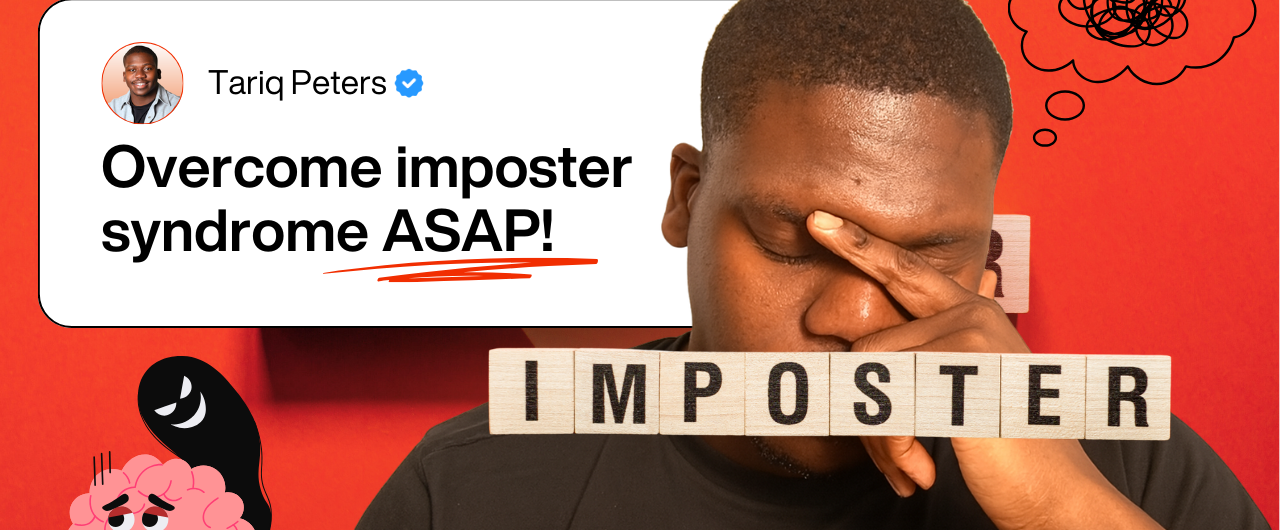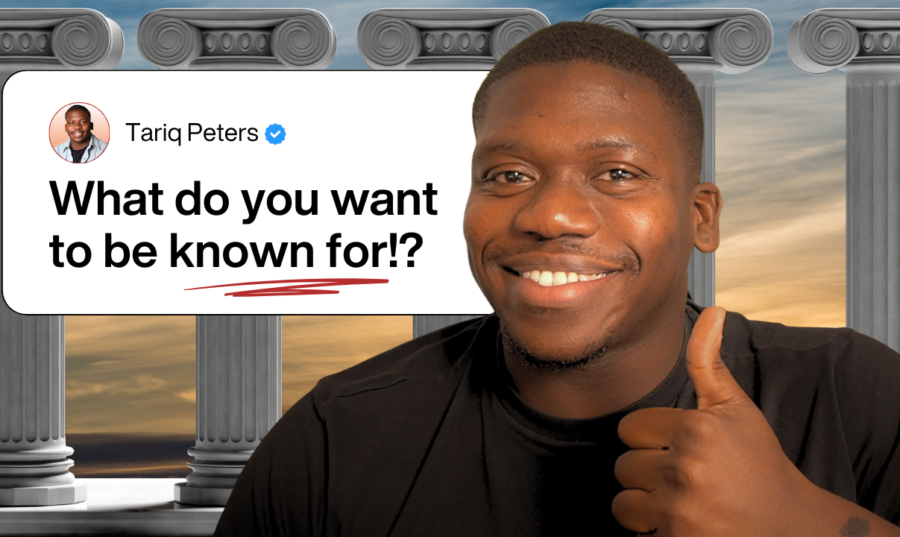I want to talk about imposter syndrome: what it is, how it shows up and more importantly, how to overcome it. It’s something that’s followed me throughout my journey. From early career struggles to being recognised in industry awards, that voice of doubt still finds a way in.
But here’s the truth: imposter syndrome isn’t a signal to stop. It’s a signal to pay attention. And in this blog, I’m sharing the exact tools I use to deal with it.
It can catch you at any time, whether you’re just starting out or deep in a leadership role. For me, it stopped me from stepping into opportunities, taking risks or even owning the things I knew I was good at.
It wasn’t until I started actively doing the inner work that things shifted. Understanding who I am, what I bring to the table, and learning to quiet that voice when it gets too loud.
Recently, I was featured in an article by PRmoment on imposter syndrome in the PR industry. Shout out to Elizabeth Howlett for including me. It was surreal to be listed among other talented professionals.
Seeing my name there was validating, but it also stirred up those same feelings: Do I deserve to be here? Am I good enough?
After university, I struggled hard to break into the industry. I was applying everywhere, getting rejection after rejection. Over a hundred applications, easily.
The turning point? The Taylor Bennett Foundation. Their programme for diverse talent in PR literally changed my life. I wouldn’t be doing what I do now if it weren’t for them.
When I was named in PR Week’s 30 Under 30, it wasn’t pure celebration. It was confusion. Why me? That’s the nature of imposter syndrome. You achieve something significant, and your brain tries to convince you it was a fluke.
But now, as someone who coaches others on personal branding, I see awards differently. They’re not about ego. They’re about leverage, visibility, positioning. And they matter.
Here’s what I come back to when that voice of doubt shows up:
Start Collecting Receipts
I created a folder called Good Job Reminders. Anytime someone says something kind, gives me praise, or shows appreciation, I screenshot it. Not for vanity. For validation. It’s a reminder that I’m not imagining my skillset or my impact. On rough days, those receipts help me reset.
Name the Feeling
Don’t pretend you’re fine when you’re not. If you’re nervous, say so. If you’re anxious, be honest. Being human is an advantage, not a weakness. I’ve gone into job interviews saying, “I’m nervous but excited.” That authenticity creates connection and takes pressure off.
Shift the Spotlight
When you make everything about you, pressure builds. Shift the spotlight to who you’re trying to help. That’s what I do with content. It’s not about me performing; it’s about delivering value.
Reframe Failure
There are no losses. Only lessons. Feedback is your friend. Please don’t run from it, use it. I ask for feedback all the time. From clients, from peers. It helps me grow faster, spot blind spots, and build confidence through action.
Practise in small steps.
Confidence comes from reps. I started by recording little videos for myself. No pressure, no audience, just learning how to speak and show up. Over time, two-minute clips turned into full-length videos. Don’t aim for perfection. Aim for consistent practice.
Imposter syndrome doesn’t disappear overnight. But it can be managed. You don’t need to wait until you feel ready. You just need tools, consistency and belief in your process.
Use what you’ve got. Track your wins. Say how you feel. And keep showing up anyway.
That’s how you build confidence.
That’s how you overcome imposter syndrome.
And that’s how you grow.
See you next week!



